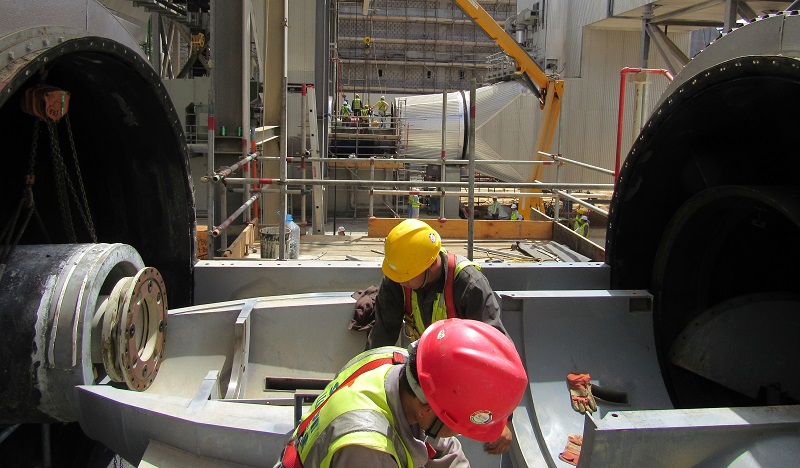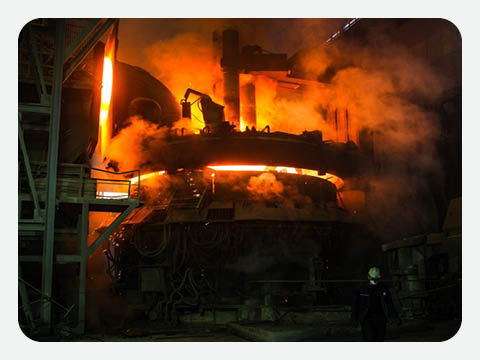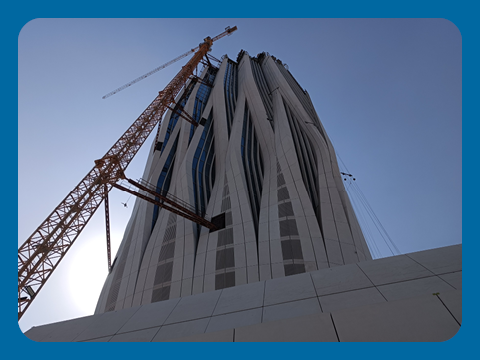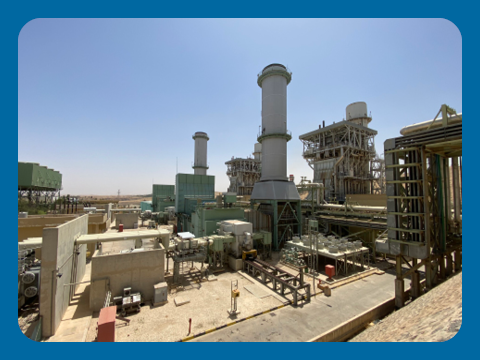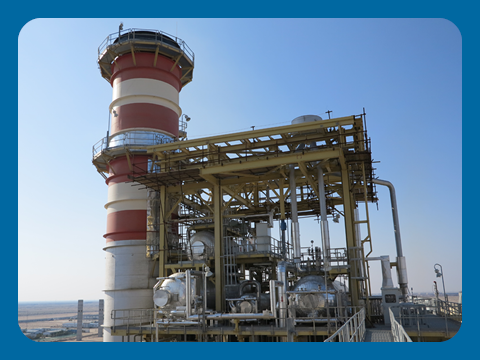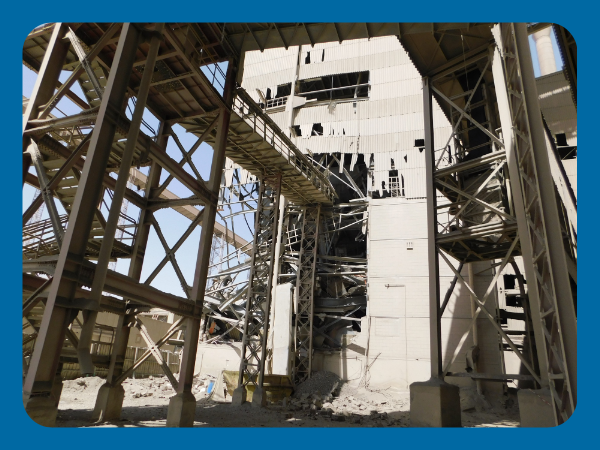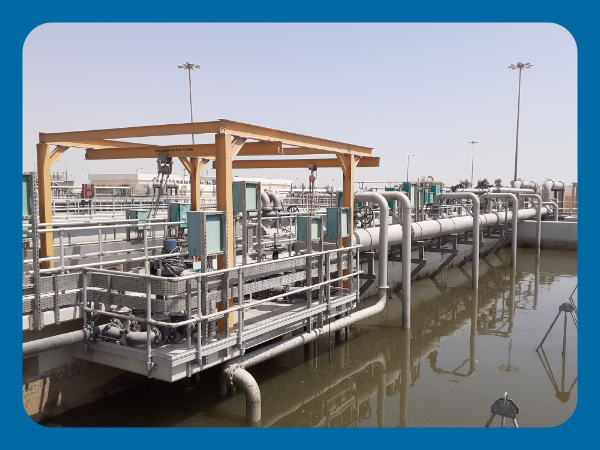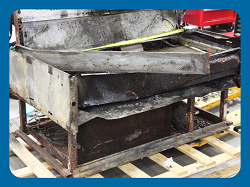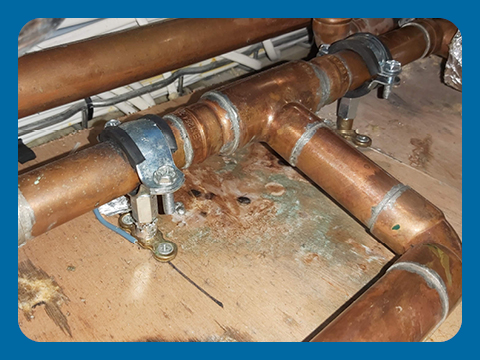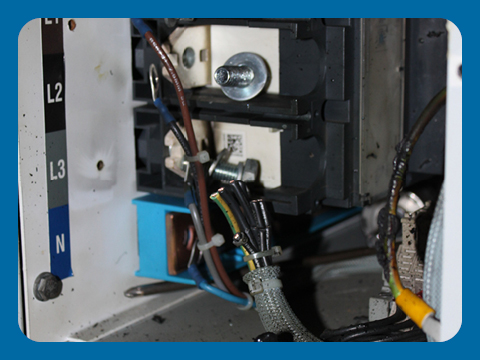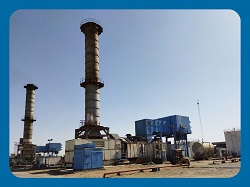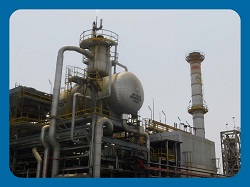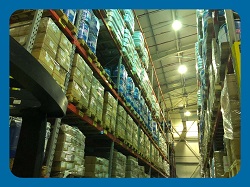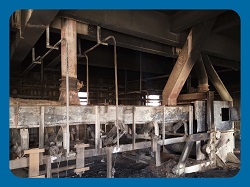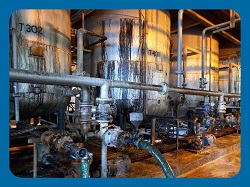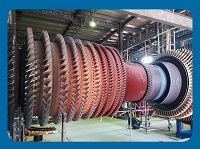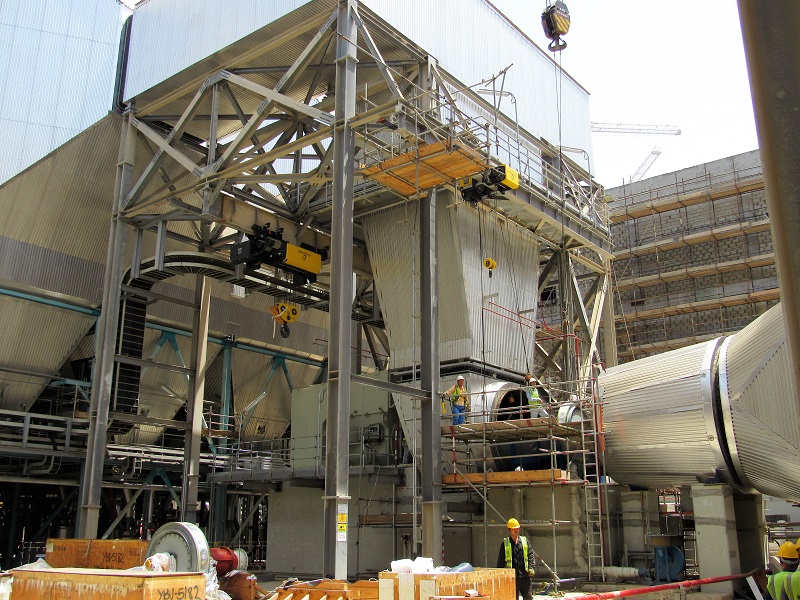 A few days after commissioning of two IDF’s (Induced Draft Fans) in a 2.7 GW power plant under construction, the fan blades failed catastrophically, causing serious property damage and significant
A few days after commissioning of two IDF’s (Induced Draft Fans) in a 2.7 GW power plant under construction, the fan blades failed catastrophically, causing serious property damage and significant
The plant was a seawater desalination and power plan. When fully operational, it will generate 2.7 GW of power, and 550,000m³ / day or 121 million imperial gallons per day (MIGD) of desalinated water - enough to meet the daily water requirements of approximately 1.8 million people.
Expert Involvement
CEERISK was appointed to investigate the cause of the IDF blade failures. Our engineers inspected the site of the loss, examining the remains of the blades and fan rotors. They gathered relevant information about the loss and collected operational data recorded by the plant control systems. Fan remains that were kept on site were documented, preserved and transported for forensic testing at a lab in the UK. Ahead of the testing, CEERISK experts worked closely with the manufacturer and the lab engineers to develop a comprehensive testing protocol that included fractographic examination of the blade surfaces, material tests, mechanical tests, radiography and ultrasonic testing.
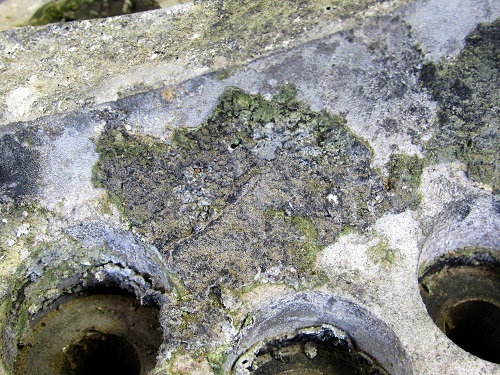 The fracture surface of the blade remains were examined before and after being cleaned with water and mild chemicals, so as not to affect the surface of the fracture. Position of the incipient failure was identified indicating that most fractures initiated in what was later described as high stress concentration regions. Using state of the art plasma optical emission spectroscopy, chemical testing revealed some variations in the constitutional elements of the blade material. Microstructure analysis revealed inhomogeneous microstructure and presence of large pores within the blade material.
The fracture surface of the blade remains were examined before and after being cleaned with water and mild chemicals, so as not to affect the surface of the fracture. Position of the incipient failure was identified indicating that most fractures initiated in what was later described as high stress concentration regions. Using state of the art plasma optical emission spectroscopy, chemical testing revealed some variations in the constitutional elements of the blade material. Microstructure analysis revealed inhomogeneous microstructure and presence of large pores within the blade material.
Bridging the Gap
Based on the test results, CEERISK experts were able to identify serious material and manufacturing defects that weakened the mechanical strength of the blades. Our analysis also identified design defects related to the blades’ geometry which exhibited significant variations causing stress concentration regions.
Insurers were able to rely on our findings to decide coverage under the construction policy. Our close collaboration with the loss adjusters was critical to reaching accurate results that were helpful to the insurers and their clients in resolving the claim based on solid investigation.
